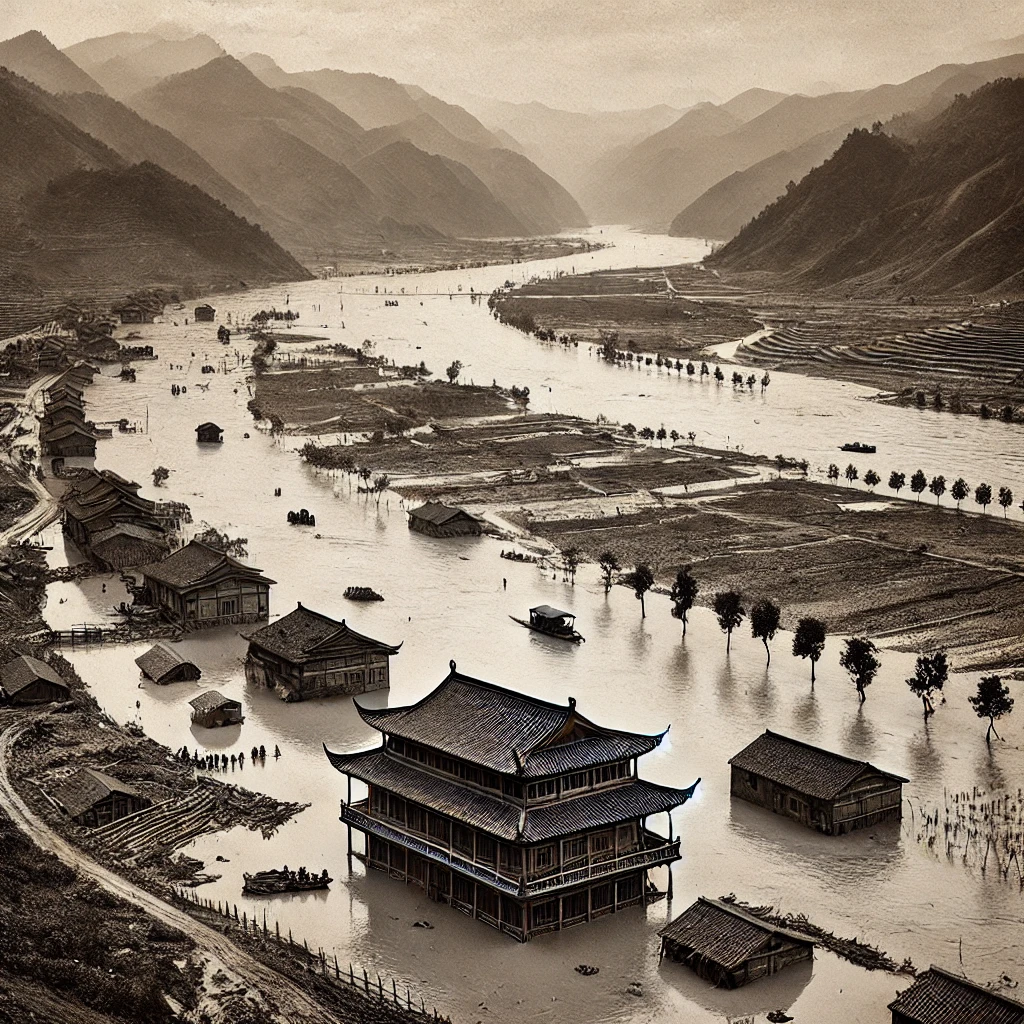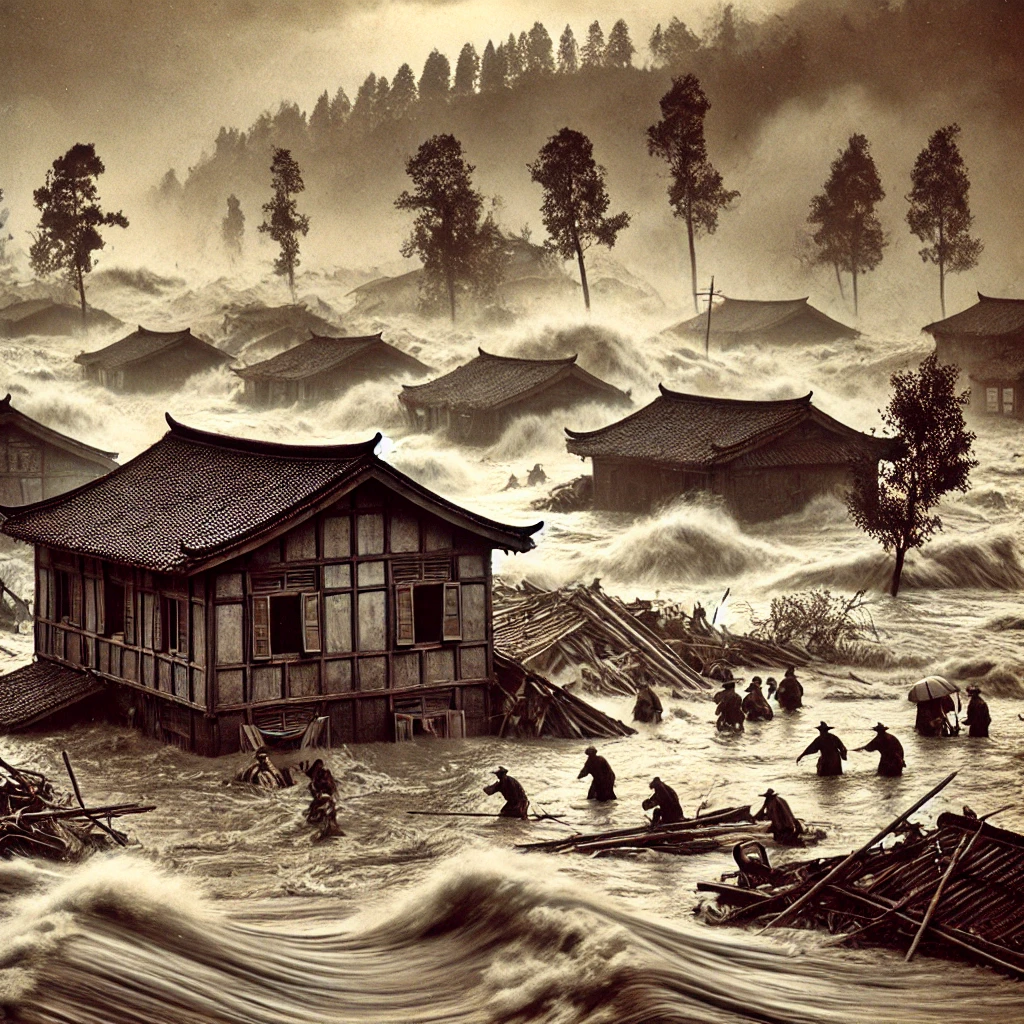On August 18, 1931, the Yangtze River in China reached unprecedented levels, leading to one of the most devastating floods in recorded history. The flood was part of a series of catastrophic events that affected the Yangtze, Yellow, and Huai rivers, collectively known as the 1931 China floods. Heavy rainfall, combined with the melting of mountain snow and upstream ice, caused the Yangtze River and its tributaries to overflow their banks, inundating vast areas of central and eastern China.
The flooding had a profound impact on the region, displacing millions of people and causing widespread damage. Entire communities were submerged, and agricultural lands were rendered unusable due to the extensive waterlogging. The disaster led to a severe humanitarian crisis, with a significant loss of life and property. The Yangtze River’s peak levels on August 18 marked the height of the flooding crisis, exacerbating the already dire situation in affected areas.

The Response and Recovery Efforts
The scale of the 1931 Yangtze River flood prompted an extensive response from both the Chinese government and international organizations. Efforts were made to provide relief and aid to the affected populations, including the distribution of food, medical supplies, and temporary shelter. The Chinese government, despite being challenged by the enormity of the disaster, mobilized resources to address the immediate needs of the flood victims and to begin the process of recovery.
Recovery from the flooding was a long and arduous process. Rebuilding infrastructure, restoring agricultural productivity, and providing support to displaced communities required significant time and resources. The flood’s impact on the Yangtze River basin underscored the need for improved flood management and disaster preparedness in the region. Lessons learned from the 1931 flood influenced future flood control measures and contributed to the development of strategies to mitigate the effects of such natural disasters.

The Legacy and Historical Significance
The 1931 Yangtze River flood remains one of the deadliest natural disasters in history. The scale of the destruction and the humanitarian crisis it caused had a lasting impact on the affected regions and the broader history of China. The flood highlighted the vulnerability of densely populated river valleys to natural disasters and the importance of effective flood management systems.
The legacy of the 1931 flood is also reflected in the ongoing efforts to understand and manage flood risks in China. Advances in meteorology, hydrology, and engineering have been made in response to the lessons learned from the disaster. Modern flood control projects, including the construction of dams and levees, aim to prevent or mitigate the impact of future floods. The 1931 Yangtze River flood serves as a reminder of the power of natural forces and the importance of preparedness and resilience in the face of such events.

On August 18, 1931, the Yangtze River reached its peak during one of the most devastating floods in history. The impact of the flood was profound, leading to widespread destruction and a major humanitarian crisis. The event remains a significant chapter in the history of natural disasters and has shaped flood management practices and disaster preparedness efforts in China.
